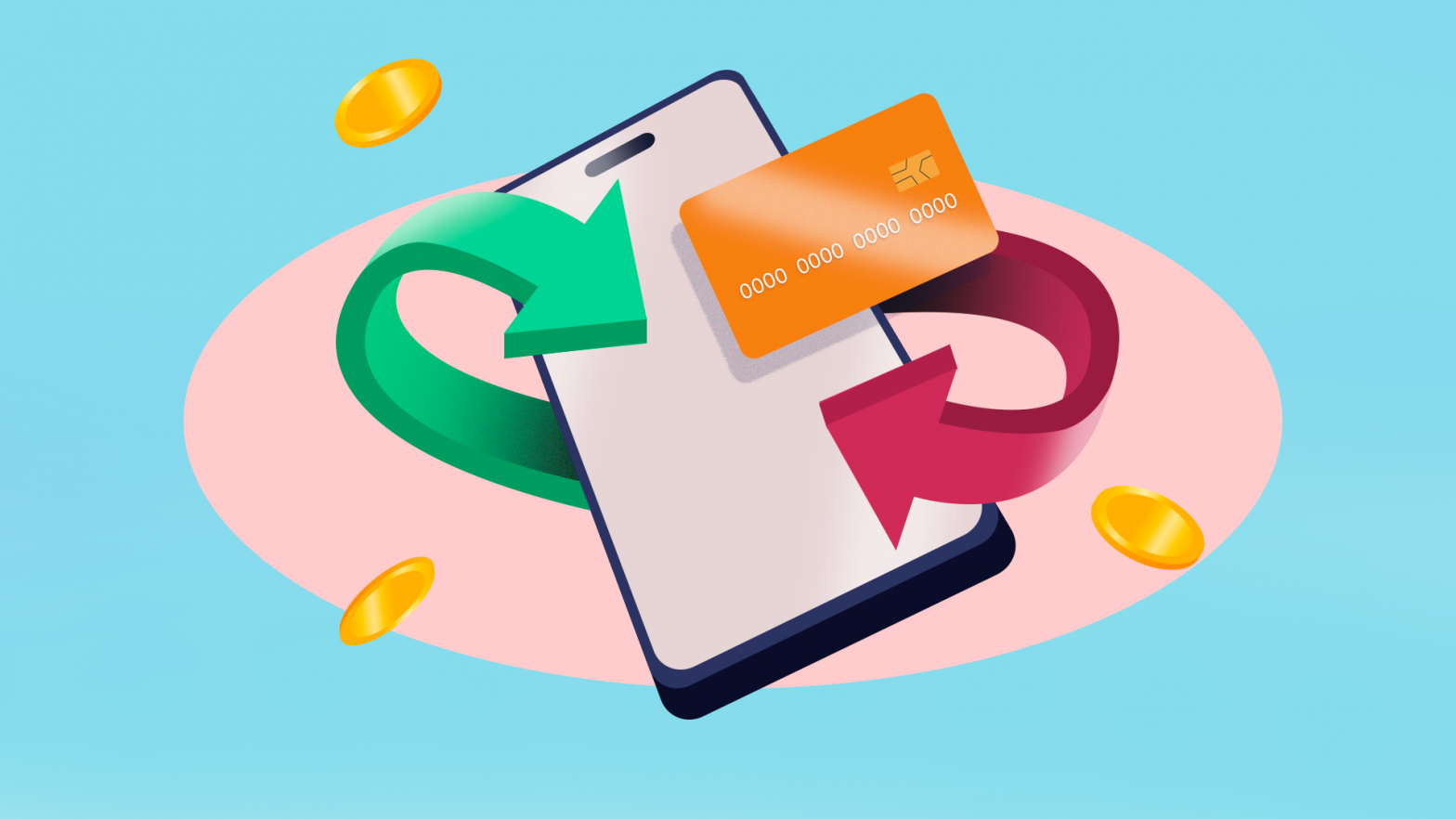Mobile Money has revolutionized the way we do financial transactions globally. According to Statista, 64.15 percent of all mobile money transactions worldwide were conducted by 200 million users across Africa in 2019. This boom is due to the widespread use of mobile phones. Mobile money payment schemes like M-Pesa, Airtel Money, and Mobile Money by MTN leverage this usage to provide accessible and convenient financial services such as savings, money deposits, withdrawals, and transfers to millions of people.
Getting Started with Mobile Money
As the name implies, the key component of mobile money is the ability of users to create digital wallets linked to their mobile numbers. Such wallets are accessible through USSD (Unstructured Supplementary Service Data) codes. USSD works with all mobile devices and mobile apps via internet-enabled devices. As a crucial step for security and compliance with regulatory requirements, users are required to provide basic information for identity verification at the registration stage.
Typically, mobile money supports various transactions like transfers, bill payments, airtime top-ups, and merchant payments. Users can also link their devices to bank accounts, deposit cash at authorized agents, or receive money transfers from other users. In addition, mobile money providers collaborate with leading banks and fintechs like Flutterwave to provide extra value-added services for their users. These include linking to credit/debit cards and conducting cross-border transactions safely without hassle.
Frauds Associated with Mobile Money
In addition to identification verification done at the registration point, security measures, such as PINs, passwords, and biometric authentication, are included as security procedures. This ensures that only authorized users can access and transact with their mobile wallets. Yet, mobile money is not exempted from fraud risks associated with the financial industry. Some of the frauds common to mobile money are discussed below:
- SIM Swapping: Bad actors may engage in SIM card swapping to gain control of a user’s mobile number. They can initiate unauthorized transactions or access sensitive information with control over the number.
- Fraudulent Transactions: Unauthorized or fraudulent transactions can occur when attackers gain access to a user’s mobile money account through stolen credentials or other means.
- Impersonation: Bad actors may use social engineering techniques to impersonate legitimate customer service representatives, trick users into disclosing sensitive information, or perform fraudulent transactions.
- Cash-Out Fraud: To fraudulently withdraw funds, fraudsters may exploit vulnerabilities in the cash-out process, such as intercepting one-time PINs or compromising the security of cash-out points.
- Account Takeover: If attackers gain access to a user’s mobile money account, they can take control and perform various unauthorized activities, including transferring funds to their accounts.
Flutterwave Protects You Against Mobile Money Frauds
At Flutterwave, we prioritize the well-being and satisfaction of all our customers, including mobile money users. As such, we’ve employed various strategies to safeguard your businesses and protect your customers from mobile money fraud. Some of these strategies include:
- User and Employee Education: We provide comprehensive information about common fraud tactics across payment mechanisms, including mobile money. This information includes warning signs to watch out for and best practices for securing your mobile money transactions. All our employees are also not exempted. They undergo different security training that equip them with the knowledge and capacity to protect you against mobile money fraud.
- Regular Security Updates: We have invested heavily in security infrastructure since no company or organization is immune to fraud attacks. This ensures that our applications are regularly updated with the latest security features to ensure all mobile money transactions are processed safely and securely.
- Two-Factor Authentication (2FA): We’ve implemented two-factor authentication as an additional layer of security requiring you to provide a second form of verification when accessing your account or carrying out a transaction.
- Transaction Monitoring: We use advanced monitoring systems to detect unusual patterns or high-risk transactions and enable timely intervention to prevent fraudulent activities on your accounts.
- Collaboration with Authorities: Combating all frauds, including mobile money, requires a collaborative approach. As a result, we work closely with relevant regulatory authorities and law enforcement agencies to share information or report incidents and ensure we keep the ecosystem safe and secure for you.
In conclusion, Flutterwave remains committed to ensuring the security and integrity of mobile money transactions for your business, customers, and the ecosystem in general. This is why we will always inform you about fraudulent tactics bad actors use and encourage you to take the proactive steps listed above to protect yourselves against them. Remember to be cautious of unsolicited requests, regularly monitor your accounts for suspicious activity, and report such immediately to the nearest law enforcement agencies or by using our secure communication channels: [email protected] or X (formerly Twitter) and Instagram.
